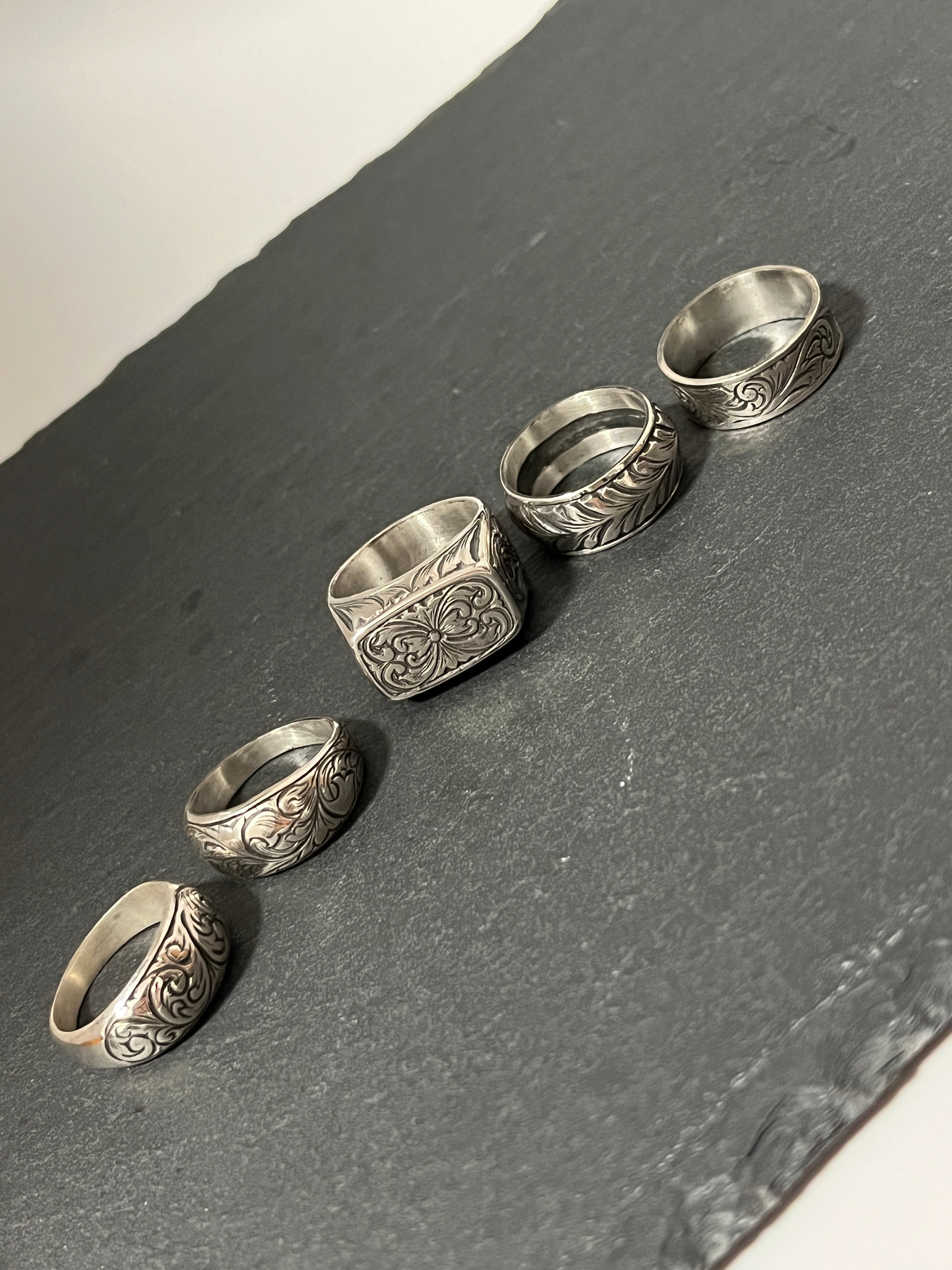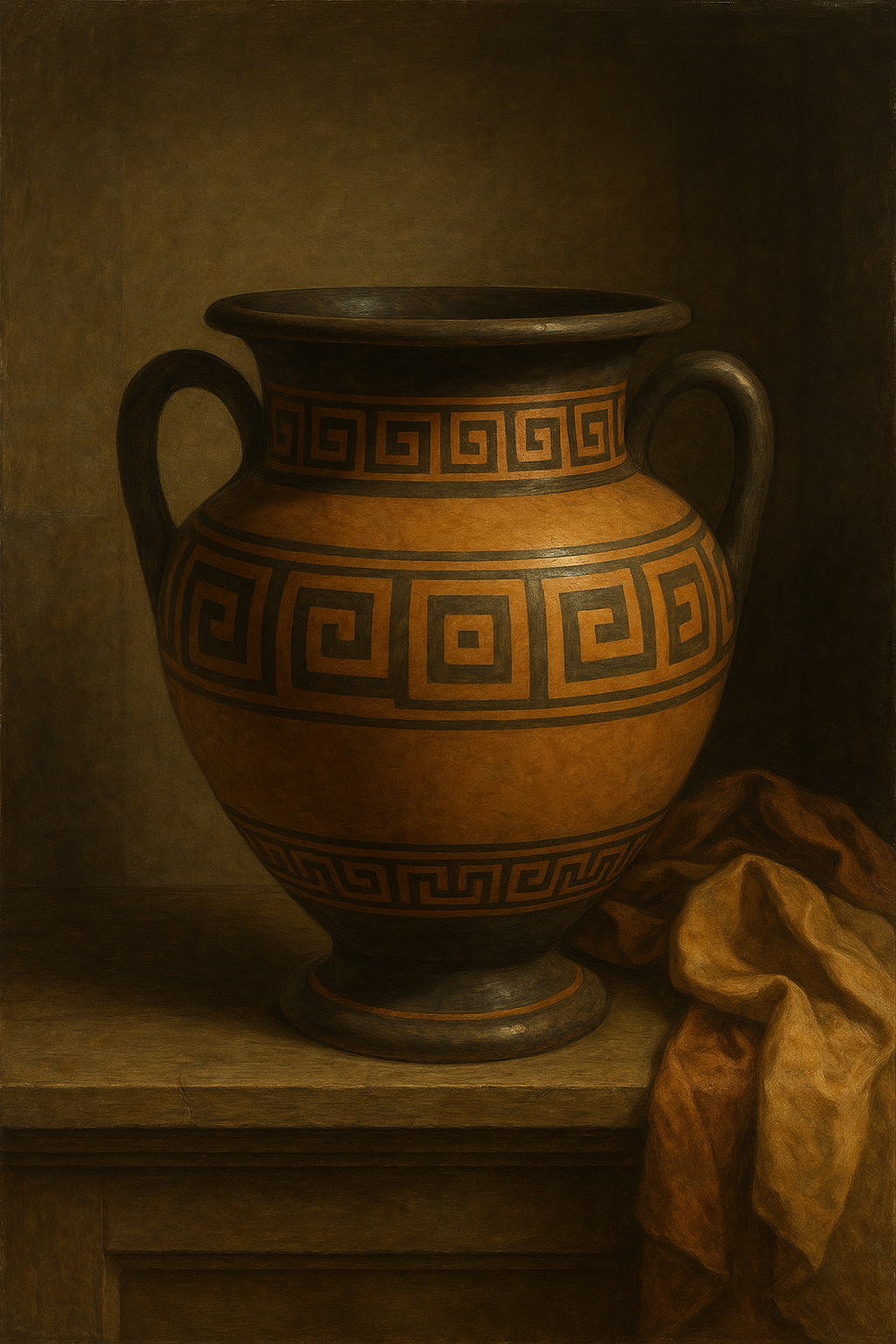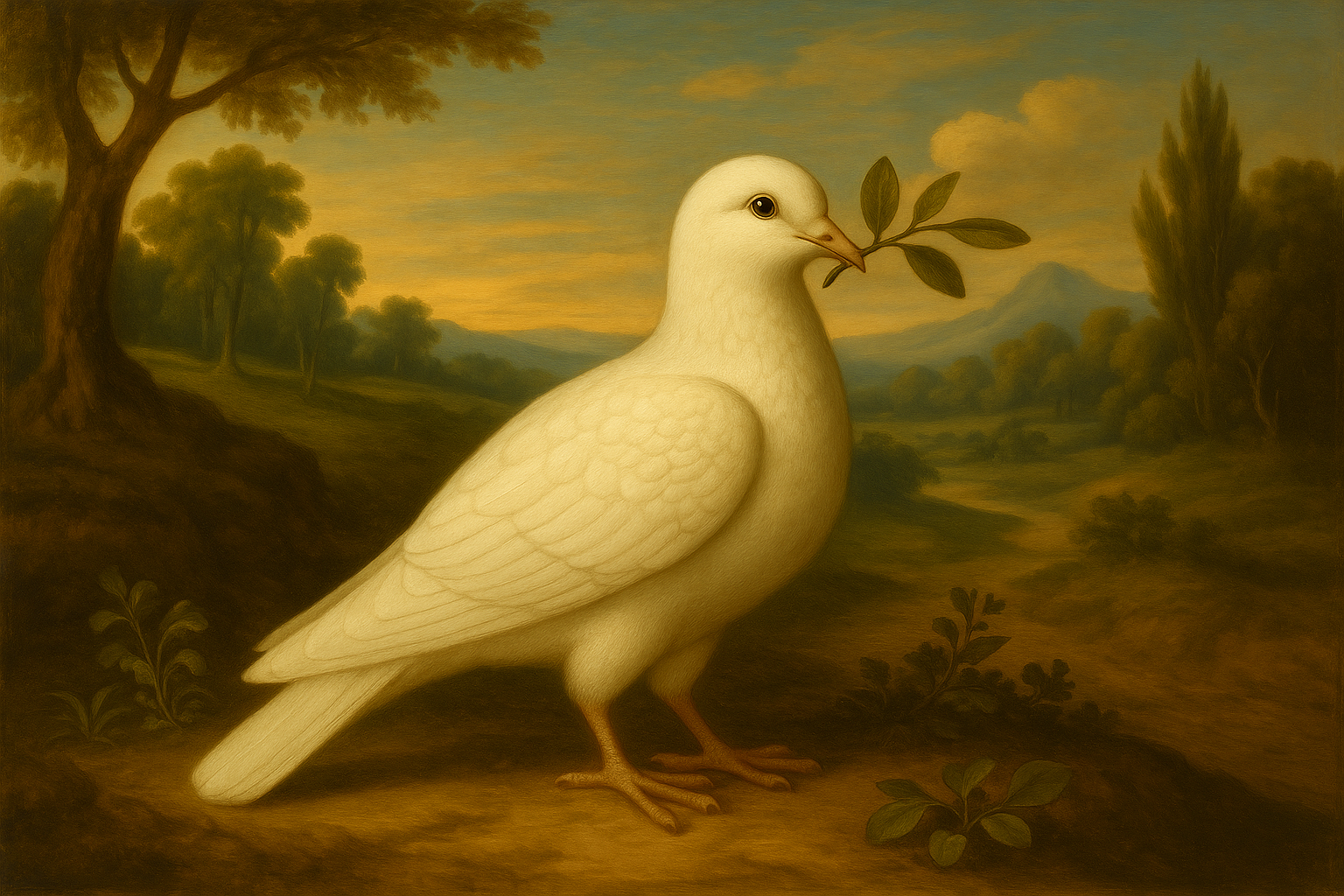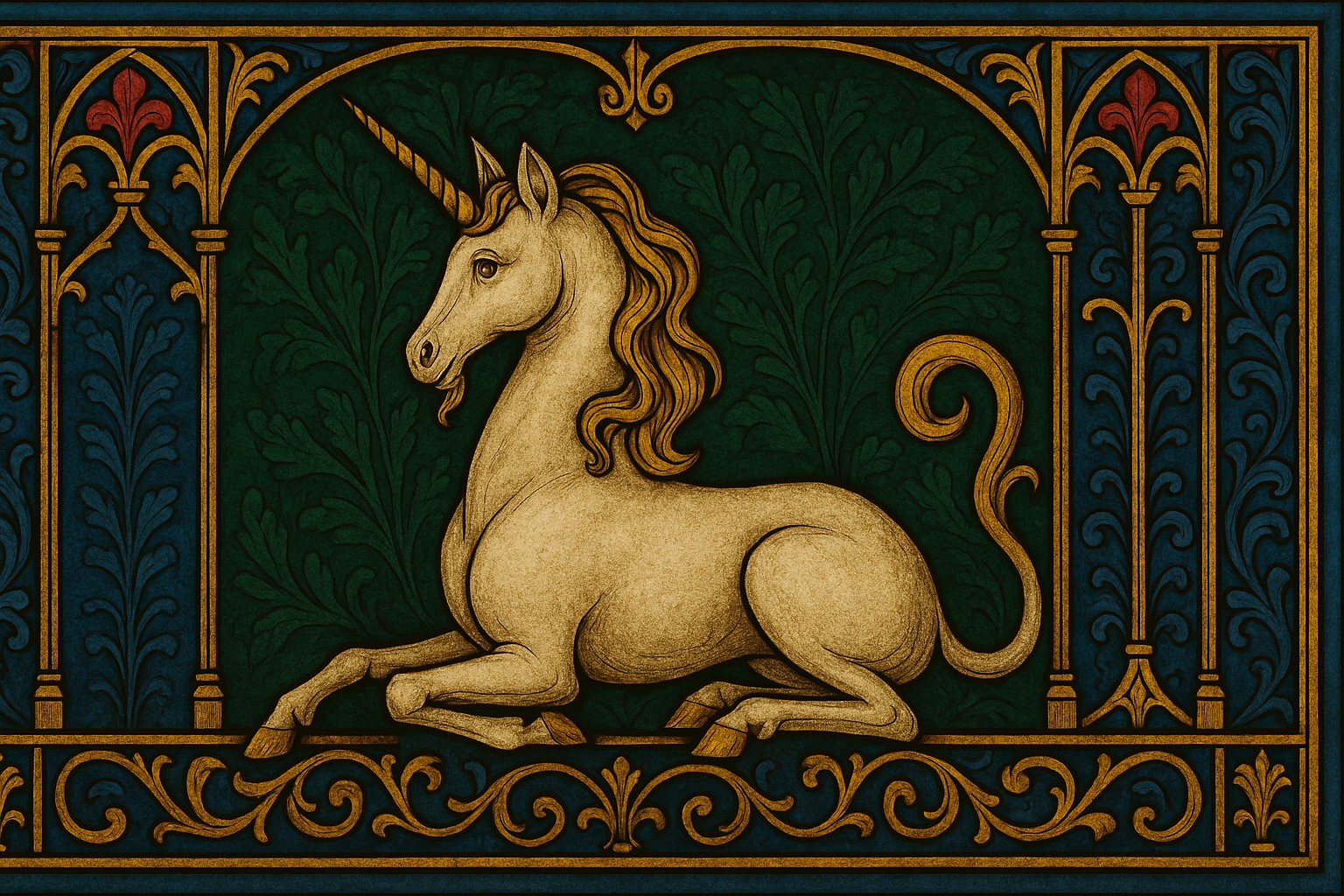Overview of the meander pattern

The meander pattern is a continuous geometric pattern made up of repeated straight lines and right angles, and is known as a representative Greek pattern.
Also known as "Greek keys" or "Greek frets," they were widely used in ancient Greek architecture, pottery, and mosaic decorations.
Origin and meaning of the name
The name comes from the winding Maeander River (now the Menderes River) that flows through Turkey.
Because the pattern continues without interruption like a meandering river, it is said to symbolize eternity, the cycle of life, and unity .
Historical background
- Around the 8th century BC: Widely used in Greek pottery during the Geometric period
- Ancient Rome: Used in floor mosaics and wall decorations
- After the Middle Ages: Renaissance architecture, picture frames, and gold and silverwork
- Today: Popular as a border pattern in jewelry and fashion
Design Features
- A regular pattern consisting only of straight lines and right angles
- It may look simple, but there are many variations in rotation, inversion, and continuation.
- Combining multiple parallel lines creates a sense of depth and solidity.
How the meander pattern is used
- Architectural decoration: capitals and wall trims
- Crafts: Silverware and ceramic trim
- Jewelry: Carved patterns on rings and bangles
- Textiles: Border designs for obi and scarves
summary
The meander pattern has fascinated people from ancient times to the present, symbolizing eternity, harmony, and continuity .
This pattern, which combines the beauty of straight lines with a historical background, is beloved as a pattern that can add a universal elegance.




